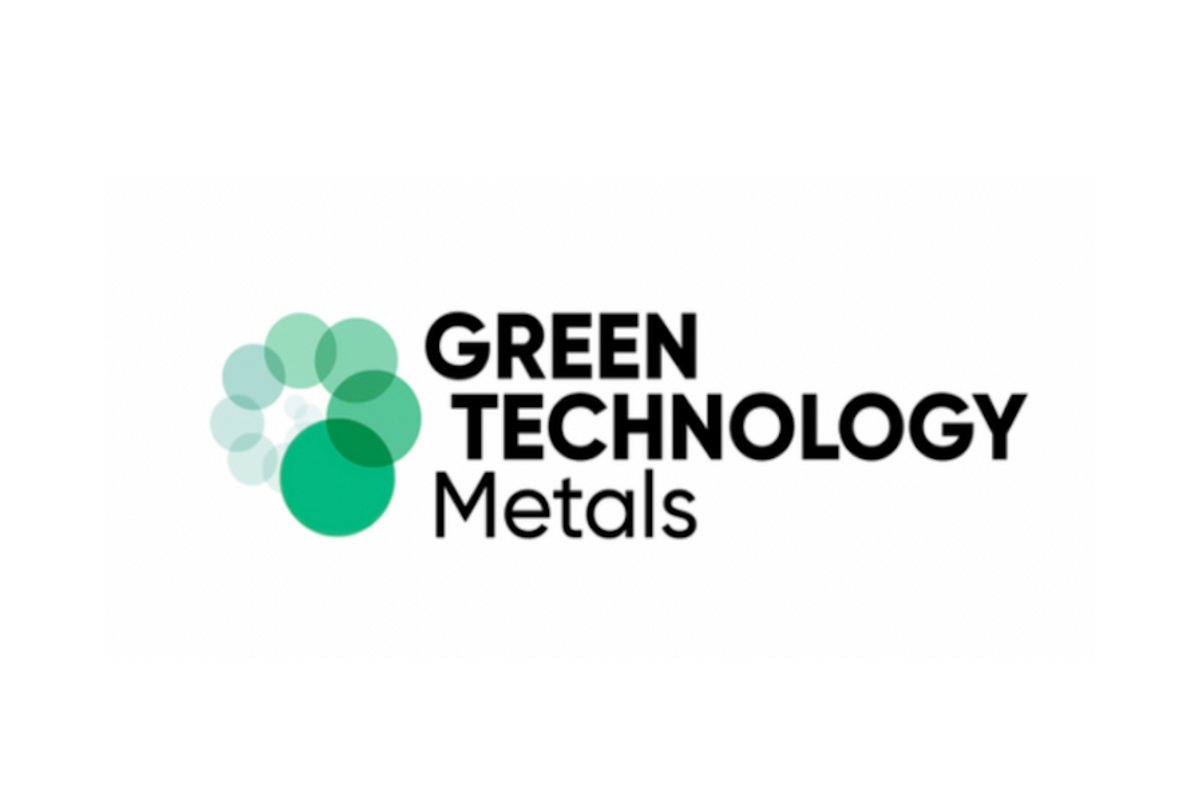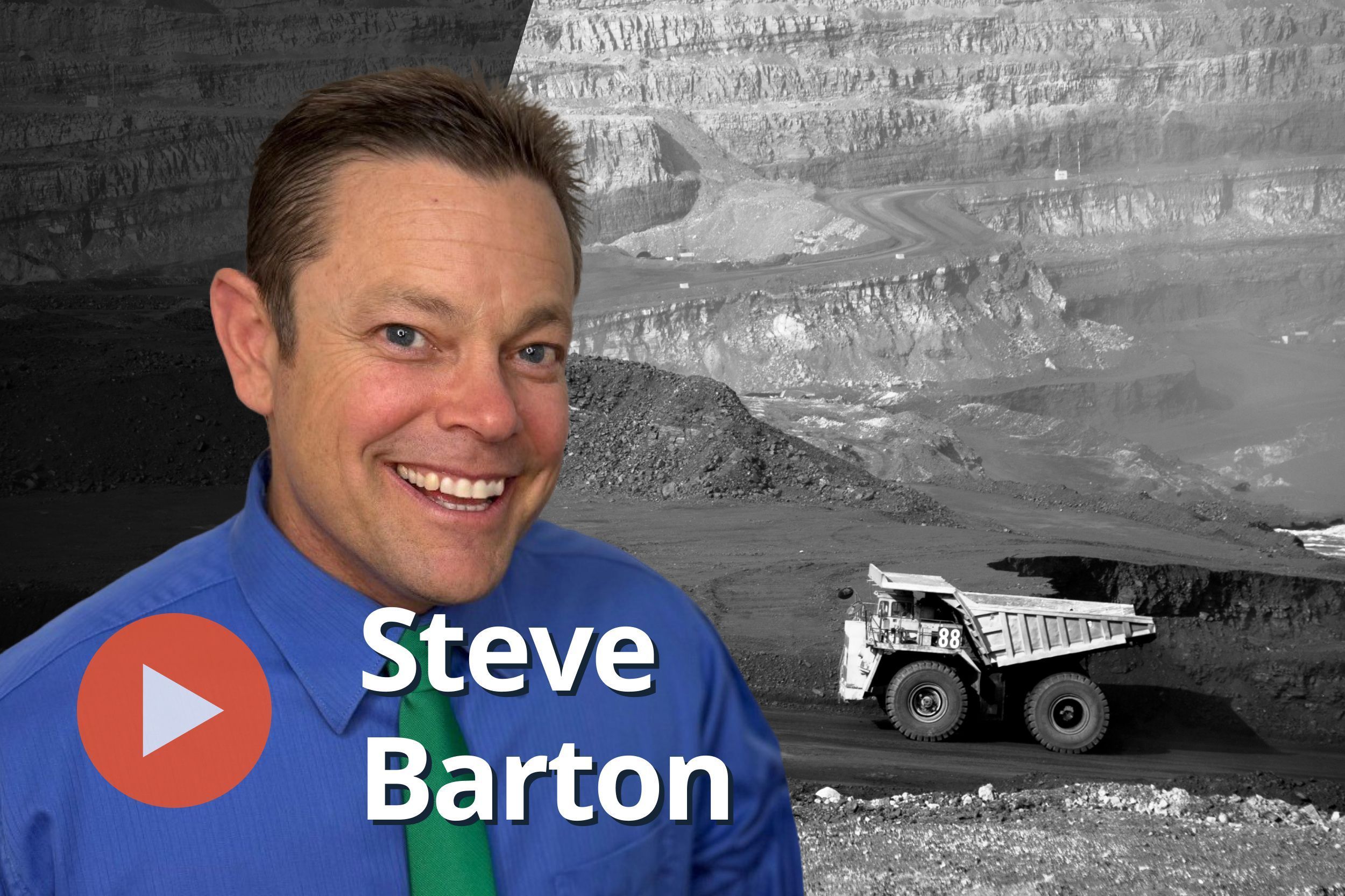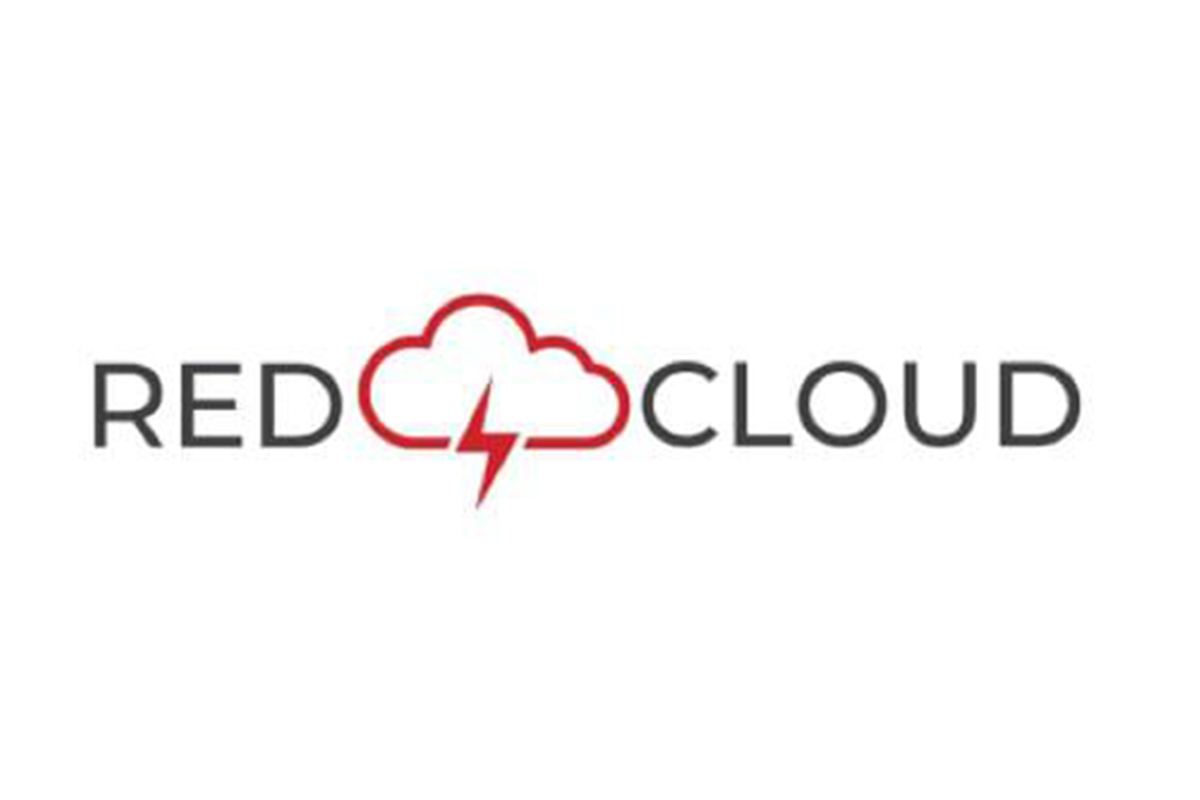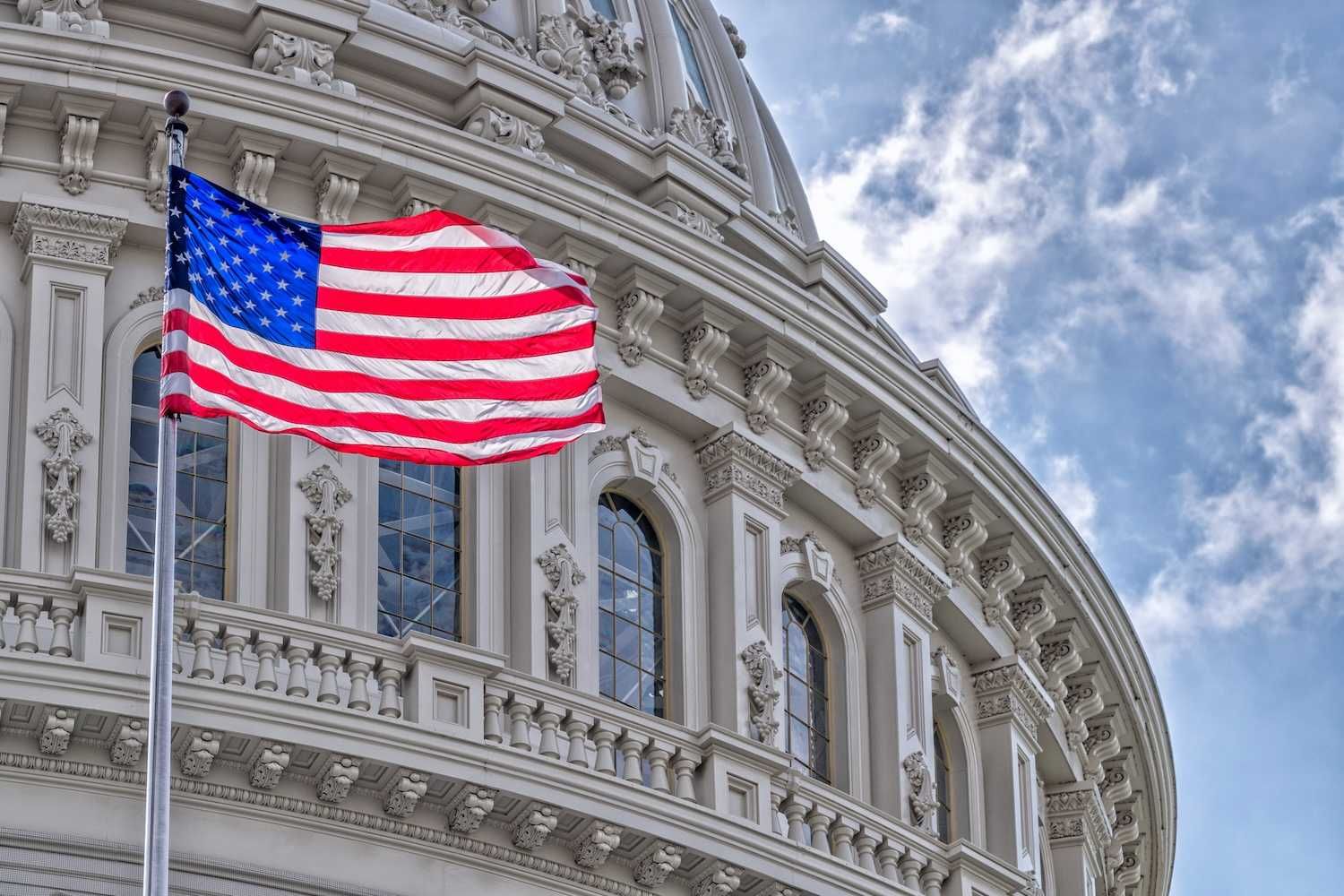
April 08, 2025
Following the release of the December 2023 PEA1 , and in response to lithium market dynamics, the Root Lithium Project has now been optimised within a new PEA which has strengthened the project economics.
Green Technology Metals Limited (ASX: GT1) (GT1 or the Company), a Canadian-focused multi-asset lithium business, is pleased to announce the completion of its optimisedPreliminary Economic Assessment (PEA) for the standalone Root Lithium Project. The updated PEA outlines a robust development pathway for the Root Project, featuring a combination of open pit mine and underground mining methods. The processing flowsheet features a hybrid Dense Media Separation (DMS) and Flotation concentrator designed to produce 5.5% Spodumene Concentrate.
HIGHLIGHTS
- The Root Lithium Project in Ontario, Canada has been evaluated on a standalone basis and considering the recently updated Root Project MRE, revised pit optimisations and mine development options and changed lithium market conditions (previous 2023 PEA results were combined with the Company’s Seymour Lithium Project also in Ontario)
- The study confirms favourable economics across alternative mine development scenarios, including both open pit and underground mining, reinforcing Root as a viable and resilient standalone project
- The selected development option for the Root Lithium Project delivers:
- An increase in NPV to US$668 million
- A reduction in pre-production CAPEX, largely due to lower pre-stripping costs
- Reduction in Total Material Movement (TMM)
- Lower NPV and longer payback period due to more conservative SC5.5 pricing assumptions in early processing years
- Significantly improved LOM strip ratio of 8.1:1, driven by underground development—resulting in lower mining costs that help offset reduced revenues
PROJECT DASHBOARD
- The Root Lithium Project underpins GT1’s vertically integrated development strategy and is expected to provide long-term feed to the Company’s planned Lithium Conversion facility in Thunder Bay
- The immediate focus for the Root project will be advancing permitting and consultation activities in parallel with the Pre-Feasibility Study (PFS)
"The completion of the optimised PEA marks a major milestone for the Root Lithium Project, confirming it as a technically and economically robust standalone operation. With a longer mine life, reduced upfront capital requirements, and strong economics, Root is well-positioned to support GT1’s broader strategy of establishing a vertically integrated lithium supply chain in Ontario. This study reinforces our confidence in Root as a long-term feed source for the Thunder Bay conversion facility and highlights the project’s strategic importance in the North American battery materials landscape.
The economic advantages of executing a project in Ontario are obvious and compelling, driven by outstanding infrastructure, government incentives and proximity to the North American EV supply chain. We remain committed to advancing our Root Lithium Project to realise our overall strategy in Ontario.”
-GT1 Managing Director, Cameron Henry
Click here for the full ASX Release
This article includes content from Green Technology Metals Limited, licensed for the purpose of publishing on Investing News Australia. This article does not constitute financial product advice. It is your responsibility to perform proper due diligence before acting upon any information provided here. Please refer to our full disclaimer here.
The Conversation (0)
28 November
Completion of the Acquisition of the Webbs Consol Silver Project
Rapid Critical Metals Limited (‘Rapid,’ ‘RCM’ or ‘Company’) is pleased to announce that it has completed the acquisition of the Webbs Consol Silver Project (Webbs Consol) in northeast New South Wales, comprising EL 8933 and EL 9454 from Lode Resources Limited (ASX: LDR) (Lode Resources). The... Keep Reading...
19 November
Red Mountain Mining Successfully Lists on the US Stock Market with a Strong Trading Debut Up 36%
Red Mountain Mining Limited (ASX: RMX, US CODE: RMXFF, or “Company”), a Critical Minerals exploration and development company with a growing portfolio in Tier-1 Mining Districts in the United States and Australia, is pleased to announce that RMXFF successfully commenced trading on the OTCQB this... Keep Reading...
18 November
Steve Barton: Mining Stocks — How I Pick Winners, When to Buy and Sell
Steve Barton, host of In It To Win It, shares how he picks mining stocks, running through his initial screening process for companies, as well as the questions he asks CEOs.He also explains how he decides when to buy and when to sell.Don't forget to follow us @INN_Resource for real-time... Keep Reading...
10 November
Lunar Mining Set to Favor Established Miners Over Startups, Analyst Says
As humanity edges closer to mining the moon, industry analysts warn that established mining companies, not venture-backed space startups, may dominate the emerging lunar resource sector. The space mining market, projected to reach US$20 billion by 2035, has attracted significant attention from... Keep Reading...
31 October
Red Cloud Announces Keynote Lineup and Agenda for 2025 Fall Mining Showcase
Red Cloud is excited to announce the agenda and keynote lineup for its annual Fall Mining Showcase, taking place November 4 & 5, 2025 at the Sheraton Centre Toronto Hotel. This flagship event will bring together over 80 mining and exploration companies, along with leading investors, analysts,... Keep Reading...
30 October
Senate Rebukes Trump Again, Votes to End National Emergency Tariffs on Canada
The US Senate voted on Wednesday (October 29) to terminate the national emergency President Donald Trump invoked to impose steep tariffs on Canadian imports. The move markst the chamber’s second bipartisan rebuke of Trump’s trade policies in as many days.The resolution passed 50 to 46, with four... Keep Reading...
Latest News
Latest Press Releases
Related News
TOP STOCKS
American Battery4.030.24
Aion Therapeutic0.10-0.01
Cybin Corp2.140.00






